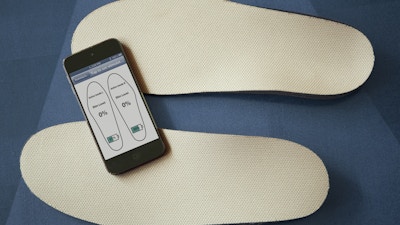Balance in humans relies on complex feedback from the senses that govern the body’s mechanical stability. Wyss Institute and Boston University researchers have discovered that random vibrations, too gentle to be felt, can improve the sensory feedback system and may restore stability through a mechanism known as “stochastic resonance”. By incorporating vibrating elements in insoles and footwear, clinical studies have shown that stochastic resonance improves balance, gait, and athletic performance.

Past studies have shown that the insoles improve balance in young and elderly participants, as well as reduce irregular gait in the elderly, which are factors directly related to the risk of falling. The insoles have also shown improved balance in people with stroke- or diabetes-related nerve damage. More recently, a new study suggests that the same vibrating insole technology may prevent injuries from falls or missteps in recreational athletes. This result could be especially beneficial for hiking enthusiasts or soldiers of any age who traverse long distances over difficult terrain while carrying heavy gear.
Starting from rudimentary, stationary, tethered devices that emitted vibrations to standing participants only, the Wyss Institute team de-risked and optimized the technology over the course of several years, and designed a sleek insole with embedded onboard actuators, smart phone control, and wireless charging capabilities, as well as a cost-efficient manufacturing strategy.
This technology has been licensed.
